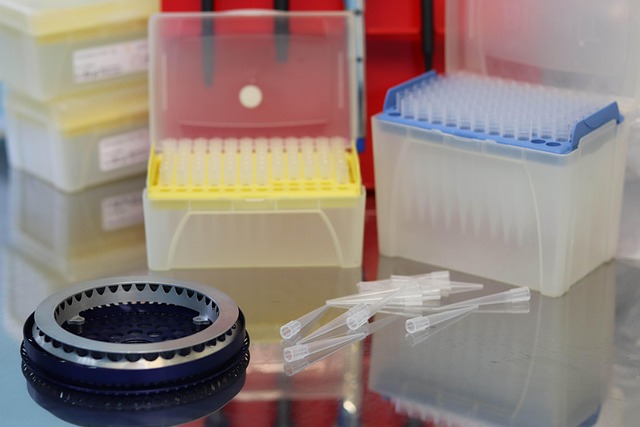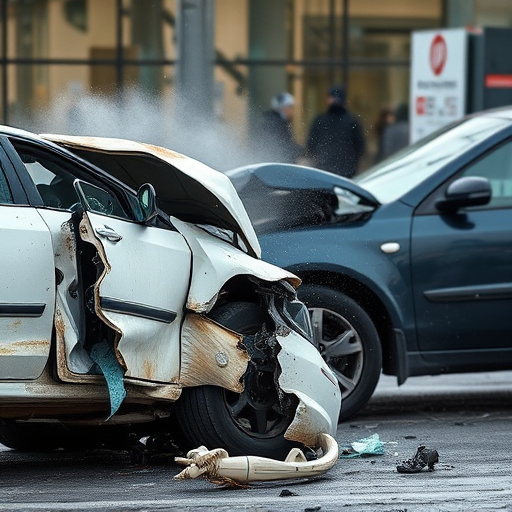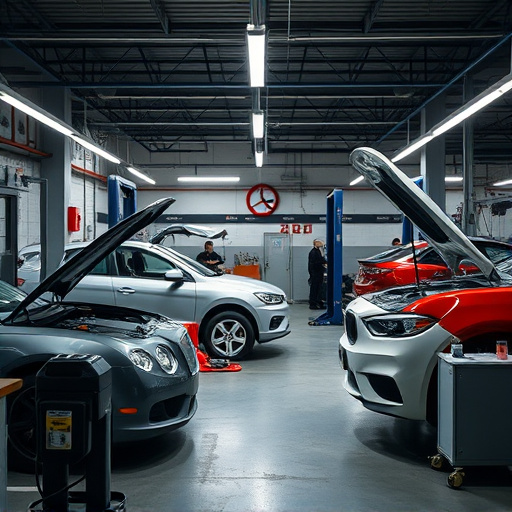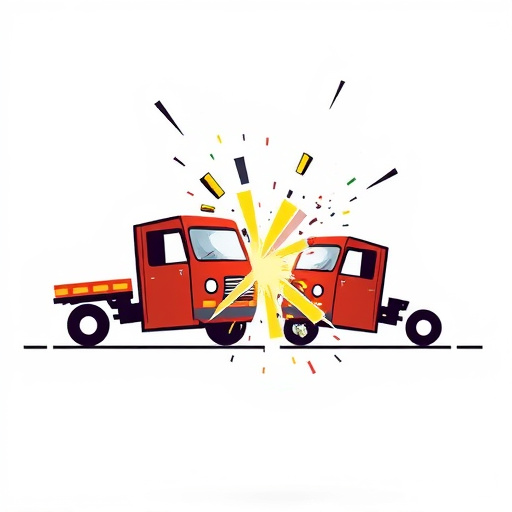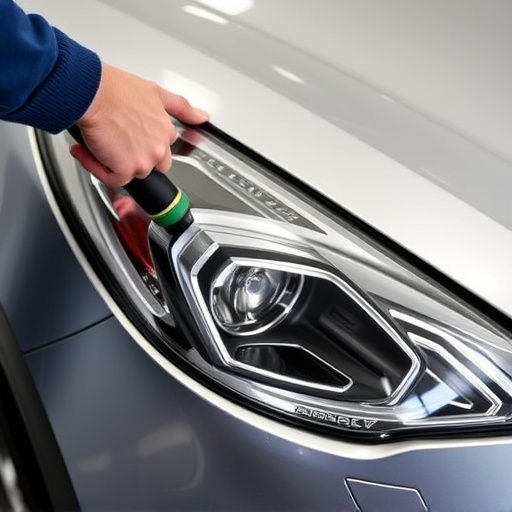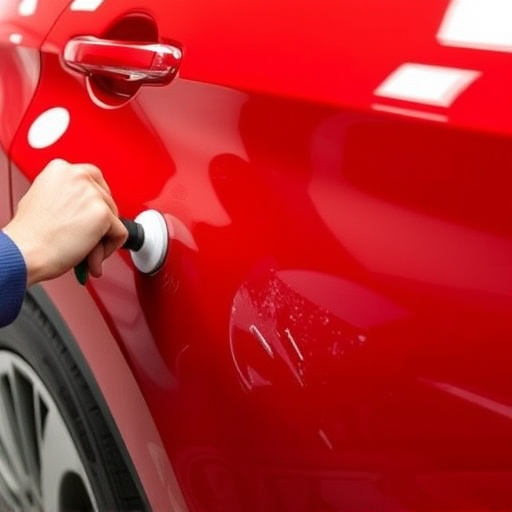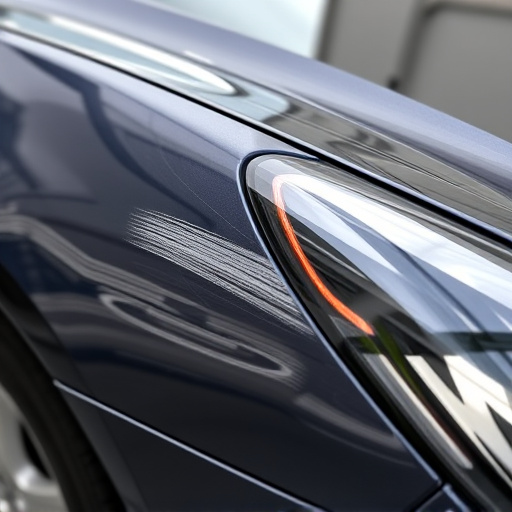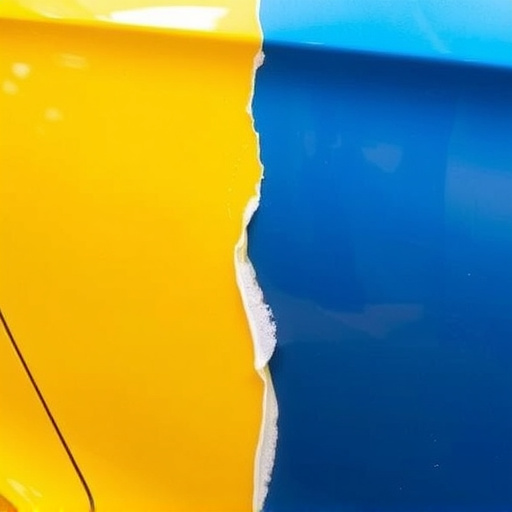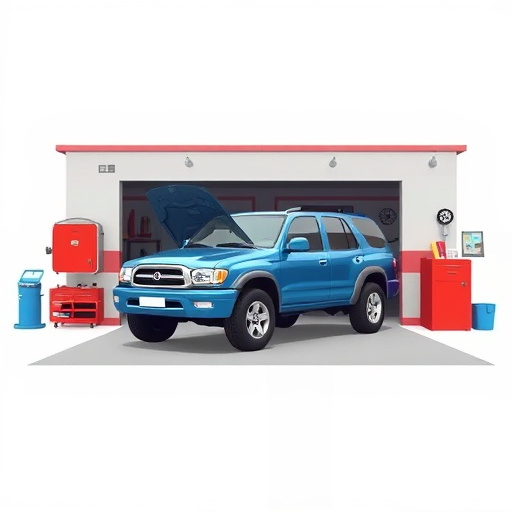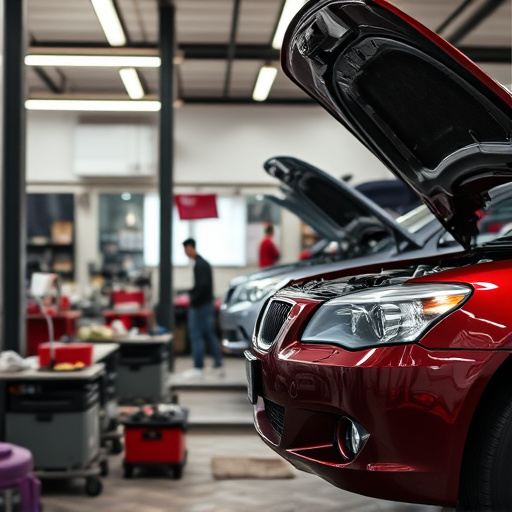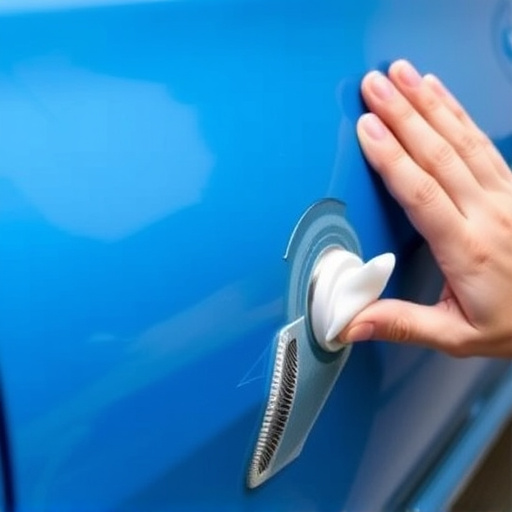In vehicle collision repair and automotive body work, accurate measurements from electronic measuring equipment are crucial for quality and precision. Calibration ensures tool reliability by aligning instruments with known standards, preventing costly errors over time. Modern tools like depth gauges and temperature sensors enhance accuracy, leading to superior repair outcomes, especially in luxury vehicle restoration. Safety practices, including protective gear and maintaining a clean workspace, mitigate risks and improve accuracy, particularly in paintless dent repair.
Unleash the full potential of your electronic measuring equipment with advanced tips designed for precision. This guide delves into crucial aspects like understanding calibration for accurate readings, mastering complex functions to enhance efficiency, and adhering to safety protocols to prevent errors. By exploring these topics, you’ll not only ensure reliable data but also operate safely and confidently with your electronic measuring equipment.
- Understanding Calibration and Accuracy for Reliable Readings
- Mastering Complex Features: Advanced Functions Demystified
- Safety Protocols: Ensuring Secure Operation and Preventing Errors
Understanding Calibration and Accuracy for Reliable Readings
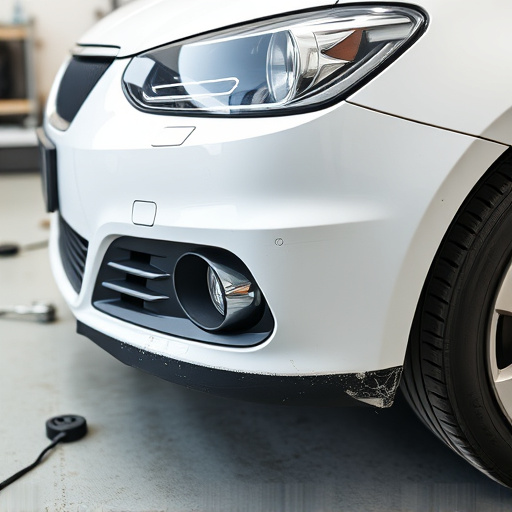
Accurate measurements are paramount when working with electronic measuring equipment, especially in fields like vehicle collision repair and automotive body work. Calibration is a process that ensures these tools provide reliable and consistent readings. It involves adjusting the instrument to match known standards, allowing for precise comparisons and measurements. Regular calibration is crucial, as it accounts for any natural drift or degradation over time.
In an auto body shop, where precision is key, understanding the accuracy of electronic measuring equipment can prevent costly mistakes in repairs. For instance, a calibrated depth gauge ensures accurate measurement of panel damage, facilitating proper replacement in automotive body work. Similarly, precise temperature sensors in vehicle collision repair help maintain consistent heating and cooling processes, leading to better overall results.
Mastering Complex Features: Advanced Functions Demystified
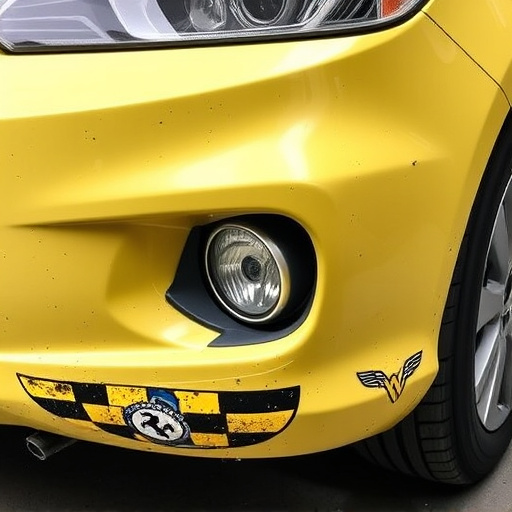
Many modern electronic measuring equipment offer complex features that can seem daunting at first. However, understanding these advanced functions is key to unlocking their full potential, especially in specialized fields like automotive restoration or luxury vehicle repair. By delving into the settings and learning how to interpret data, professionals in vehicle body shops can make more precise measurements, ensuring each fix is spot-on.
For instance, tools designed for dimensional analysis might include capabilities such as angle measurement, surface roughness assessment, or even 3D scanning. Mastering these features allows technicians to not only identify issues but also verify the quality of repairs. In a bustling vehicle body shop, where time and accuracy are paramount, this level of expertise translates into more efficient workflows and superior results for luxury vehicles undergoing intricate restoration processes.
Safety Protocols: Ensuring Secure Operation and Preventing Errors
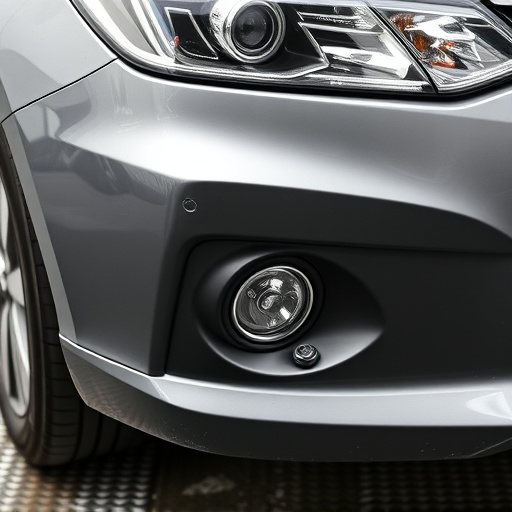
When using electronic measuring equipment, safety should always be the top priority to ensure accurate results and prevent potential hazards. Before operating any device, familiarize yourself with its safety features and guidelines. This includes understanding the proper use of protective gear, such as insulated gloves, especially when handling electrical components or working in close proximity to power sources. Many modern electronic measuring tools are designed with advanced safety protocols, including overcurrent protection and automatic shutdown mechanisms to prevent accidents during operation.
Additionally, maintaining a clean and organized workspace is crucial for error-free measurements. Ensure that the area is well-lit and free from debris or foreign objects that could interfere with the equipment’s accuracy. In scenarios like paintless dent repair or addressing a fender bender, where precision is key, double-checking your measurements and cross-referencing them against established standards can significantly reduce errors. Remember, accurate measurements in car paint services rely not just on advanced tools but also on strict adherence to safety protocols and meticulous attention to detail.
Mastering advanced tips for using electronic measuring equipment involves a blend of understanding calibration, exploring complex functions, and adhering to safety protocols. By prioritizing these aspects, users can ensure reliable readings, demystify intricate features, and operate safely, making electronic measuring equipment invaluable tools in various industries.

